Noguchi Museum
Introduction
Text-to-speech Audio
Images
Portrait of Isamu Noguchi (1904-1988).
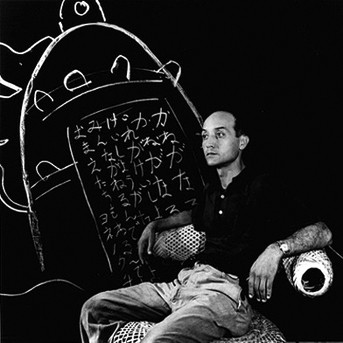
The Noguchi Museum building in 1933, when it was occupied by Astoria Photo-Engravers Supply Company.
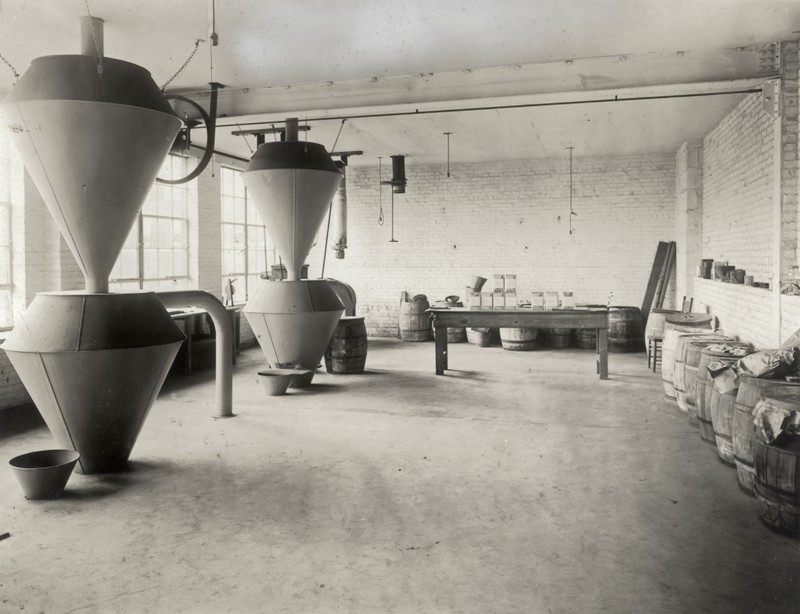
The museum shortly before it opened in 1985.
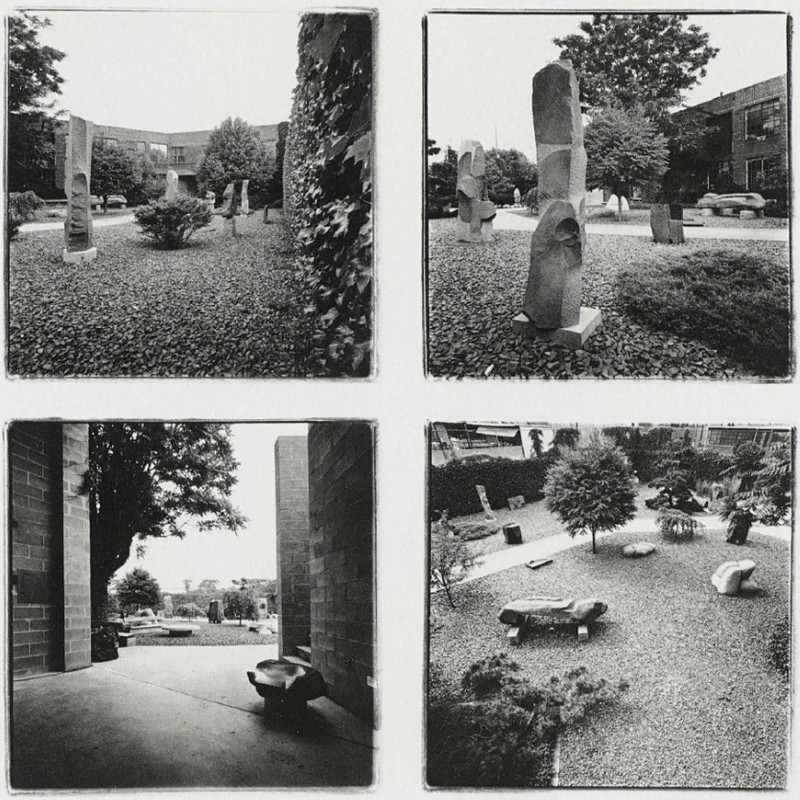
Isamu Noguchi selected this building and designed the open-air gallery. His decision to place the gallery in this section of Queens inspired other artists to establish galleries in the area.
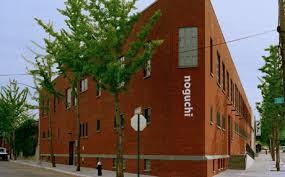
The open-air gallery is located just across the street from one of Noguchi's early studios.
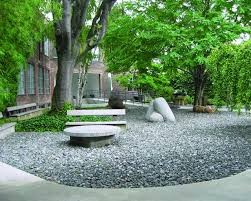
Backstory and Context
Text-to-speech Audio
Isamu Noguchi
Isamu Noguchi was born to an American mother and Japanese father in 1904. After expressing interest in becoming an artist, Noguchi's father allowed him to study with Gutzon Borglum, best known for designing Mount Rushmore National Memorial. Borglum was harshly critical of Noguchi's work and told the young artist that he would never become a sculptor. In 1924, disparaged Noguchi moved to New York and enrolled in medical school. However, he continued to take art courses on his mother's advice, and Noguchi's instructors were impressed with the young man's work. After only a few months of enrollment, Noguchi dropped out and began creating sculptures full-time. In 1926, Noguchi applied for and was awarded a Guggenheim Fellowship -- despite being three years younger than the minimum age. By 1927, Noguchi had moved to Paris and was studying under internationally acclaimed artist Constantin Brancusi.
During his time in France, Noguchi's artistic connections and interests developed further. Over the next decade, he travelled between France and the United States, and also took trips to Russia, China, India, and Japan. Noguchi's body of work expanded to include murals, live performance sets, and domestic designs. Despite this, Noguchi still considered himself foremost a sculptor. Throughout World War II, Noguchi opposed the backlash against Japanese citizens living in the United States. Noguchi was even placed in an Internment Camp at his own request. After the war, he increased his political activism as some of his work began to reflect his political views.
Over the course of the twentieth century, Noguchi became one of the most recognized sculpture artists in the world. Aside from sculptures, Noguchi created gardens, furniture, ceramics, and other art. Much of the influence for his work came from his travels across the world. Noguchi's pancultural approach to creation led to him being courted by many significant organizations and individuals. The Japanese Garden at UNESCO headquarters in Paris, France is just one example of many of Noguchi's works. The artist was also recognized with the Edward MacDowell Medal, the National Medal of Arts, and Order of the Sacred Treasure for a lifetime of arts contribution.
The Museum
In 1974, Noguchi purchased a 31,000 square foot photogravure plant across from his New York residence as additional space to store his work. The building was constructed in 1929, and served as the site of Astoria Photo-Engravers Supply Company. By 1980, Noguchi had resolved to create a museum for his work. He purchased the gas station at the end of the block upon which his warehouse sat, and razed it to create more space. Once Noguchi was the sole owner of the uniquely triangular block, Shoji Sadao helped convert the space into something befitting of a museum. The once derelict courtyard of the building became a garden filled with Noguchi's sculptures. Noguchi also enlisted Tim DuVal, a horticulturist, to find unusual plants that were indigenous to the East Coast. The artist used these plants to help populate the courtyard. On the interior of the building, Noguchi left many of the industrial surfaces exposed, as they appealed to his utilitarian design aesthetic. The museum was opened to the general public in 1985.
Since the Noguchi museum was founded in Long Island City, it helped established an art district in the area which was followed by other popular museums soon after. The museum was designed with ten galleries and an open-air garden inside of the converted industrial building. The museum has since expanded to include thirteen galleries. In 2005, the Noguchi Museum merged with the Isamu Noguchi Foundation which allowed the museum to achieve provisional status from the New York State Board of Regents. The museum currently holds the largest collection of Noguchi's works. These works are occasionally loaned out so that art can be experienced all over the world. The New York State Council on the Arts has recognized the Noguchi Museum as having outstanding educational programs, especially those tailored for children and families.
Sources
"Biography." The Noguchi Museum. Accessed October 27, 2020. http://www.noguchi.org/noguchi/biography.
Collins, Glenn. A Tree That Survived A Sculptor's Chisel Is Chopped Down, The New York Times. March 27th 2008. Accessed October 27th 2020. https://www.nytimes.com/2008/03/27/nyregion/27tree.html?.
Davids, Douglas. The Museum Transformed: Design and Culture in the Post-Pompidou Age. Abbeville, SC. Abbeville Press, 1990.
Fellowship Proposals, Noguchi Museum. Accessed October 27th 2020. https://web.archive.org/web/20061003111005/http://www.noguchi.org/proposals.html#guggenheim.
Glueck, Grace. "Noguchi and his dream museum." The New York Times (New York) May 10th 1985. C sec, 1-1.
"History." The Noguchi Museum. Accessed October 27, 2020. http://www.noguchi.org/museum/history.
Masayo, Duus. The Life of Isamu Noguchi: Journey without Borders. Princeton, NJ. Princeton University Press, 2004.
Noguchi, Isamu. The Isamu Noguchi Garden Museum. New York, New York. Harry N. Abrams, 1999.
Noguchi Museum, NYC Arts. Accessed October 27th 2020. https://www.nyc-arts.org/organizations/19/noguchi-museum.
Oral history interview with Isamu Noguchi, 1973 Nov. 7-Dec. 26, Archives of American Art. Accessed October 27th 2020. https://www.aaa.si.edu/collections/interviews/oral-history-interview-isamu-noguchi-11906#transcript.
Vogel, Carol. The Renovated Noguchi Museum Is Friendlier But Still Discreet, The New York Times. June 8th 2004. Accessed October 27th 2020. https://www.nytimes.com/2004/06/08/arts/the-renovated-noguchi-museum-is-friendlier-but-still-discreet.html?.
1940s. Wikimedia. Accessed October 27, 2020. https://commons.wikimedia.org/wiki/File:Isamu_Noguchi.jpg.
Noguchi Museum. Accessed October 27, 2020. https://www.noguchi.org/isamu-noguchi/digital-features/history-of-the-noguchi-museum/.
Anzai, Shigeo. 1985. Noguchi Museum. Accessed October 27, 2020. https://www.noguchi.org/isamu-noguchi/digital-features/history-of-the-noguchi-museum/.
2008. Wikimedia. Accessed October 27, 2020. https://commons.wikimedia.org/wiki/File:Wikist_aces_0087.jpg.
